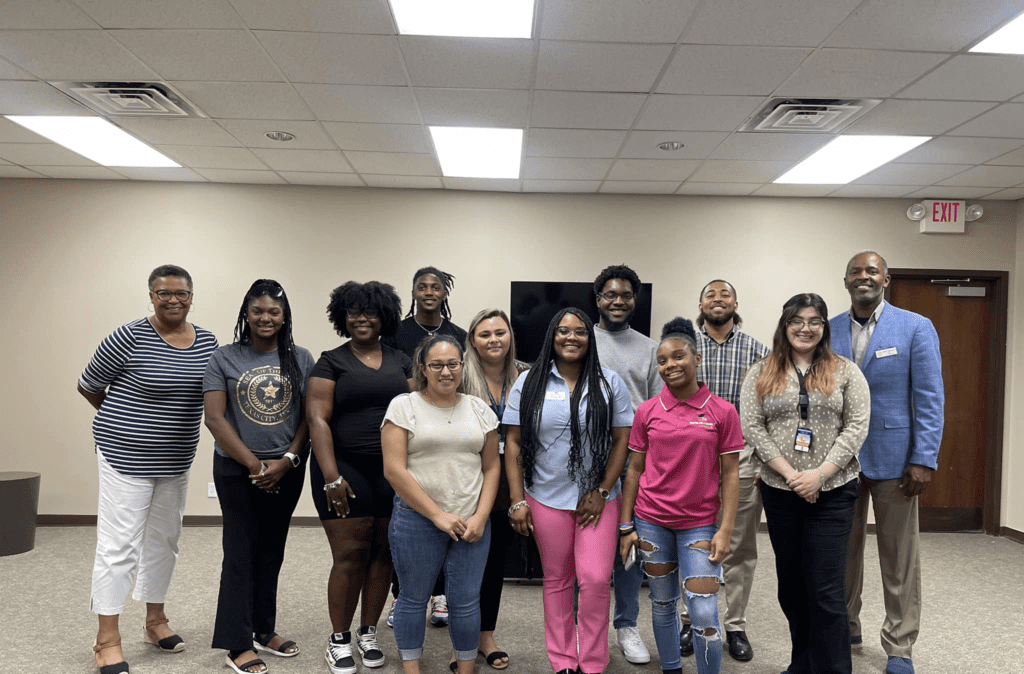Teaching Responsible Decision Making to Adolescents: Strategies for Success
Adolescence is a crucial stage of development that marks the transition from childhood to adulthood. During this period, critical decisions are expected to be made that affect their lives and those around them. Unfortunately, many adolescents lack the necessary skills to make positive decisions, which can lead to poor outcomes. In this post, we will explore strategies that can be used to teach responsible decision making to your youth for parents, caregivers, and educators.
Tip #1: Encourage Self-Reflection
Self-reflection is an essential tool for responsible decision making, as it allows one to better understand their emotions, values, and beliefs. Taking the time to reflect on your thoughts and actions can encourage you to make more thoughtful and informed decisions. We practice self-reflection through a variety of activities that are designed to help adolescents become more self-aware. One example is journaling. Get in the habit of actively providing a private and quiet space for them to explore their thoughts and feelings without judgment.
Through self-reflection, adolescents can also learn to identify patterns in their decision making and behaviors, which can help them make more intentional choices in the future. By understanding their strengths and weaknesses, they can develop a stronger sense of self and make decisions that align with their core values and goals.
Tip #2: Help Them Identify the Consequences
Responsible decision making requires considering the consequences of our actions. Adolescents often struggle to think beyond the present moment and fail to consider the potential long-term impact of their decisions. As educators and caregivers, we can help adolescents develop this skill by encouraging them to identify and evaluate the consequences of their choices.
One effective strategy for helping adolescents identify consequences is through role-playing scenarios. This allows them to explore hypothetical situations and make decisions based on the potential outcomes. Another approach is to discuss real-life examples of how different decisions have led to positive or negative consequences. This can help them see the real-life impact of their choices and make more informed decisions in the future. By helping adolescents develop this skill, we can empower them to make responsible decisions and take control of their lives.
Tip #3: Teach Goal Setting
Setting goals is an important skill that can motivate adolescents to make positive decisions. When individuals have clear goals in mind, they are more likely to consider how their choices will affect their ability to achieve those goals. One effective strategy for encouraging goal-setting in adolescents is to have them create vision boards. This activity involves cutting out pictures, words, and phrases from magazines that represent their dreams and goals, and then creating a visual representation of those aspirations. Another strategy is to help adolescents create SMART goals, which are specific, measurable, achievable, relevant, and time-bound.
Tip #4: Practice Low-Risk Decision-Making
Practicing decision making is an important component of responsible decision making. It allows them to gain experience in making choices and considering the consequences of their actions in a safe, low-risk environment. By practicing decision making, adolescents can build confidence in their ability to make good choices in more challenging situations.
One strategy for facilitating decision making practice is to use case studies. In a group setting, present a hypothetical scenario and ask them to make decisions based on the information provided. This allows for discussion and collaboration among peers, as well as critical thinking and analysis of potential consequences.
Another strategy is to use role-playing exercises. Allow them to take on different roles and practice decision making in various scenarios, such as navigating a conflict with a friend or deciding whether to engage in risky behavior. This allows for experiential learning and the opportunity to practice communication, problem-solving, and decision-making skills in a supportive and structured setting.
Tip #5: Allow Responsible Risk-Taking
Adolescents are at a crucial stage in their lives where they are exploring their identity and pushing boundaries. Encouraging responsible risk-taking can be a great way to help them learn from their experiences and develop important skills. Responsible risk-taking can help them build confidence, learn to trust themselves and others, and develop a sense of independence.
One way to encourage responsible risk-taking is by participating in team-building activities. Team-building activities require participants to work together to achieve a goal, which can help your child develop communication, problem-solving, and leadership skills. These activities can also be a safe way for adolescents to take risks and try new things in a supportive environment. Another way to encourage responsible risk-taking is by encouraging adolescents to try new hobbies or activities. Trying new things can help them develop new interests and passions, which can lead to greater self-awareness and self-confidence. By trying new things, adolescents can learn to overcome their fears and build resilience.
It is important to note that responsible risk-taking does not mean taking unnecessary risks or engaging in risky behaviors that could be harmful. Rather, responsible risk-taking involves taking calculated risks and weighing the potential consequences before making a decision. As educators and parents, it is our responsibility to provide guidance and support to help our kids make responsible decisions and take calculated risks.
In conclusion, responsible decision making is a critical skill for adolescents to develop as they navigate their way through life. Encouraging self-reflection, identifying consequences, setting goals, practicing making, and responsible risk-taking are all strategies that can help them develop this skill. Implementing these strategies in their daily lives, will help them to make informed decisions that will positively impact their future. As parents, educators, and caregivers, it is our responsibility to teach and model responsible decision making for our children. Let’s work together to create a supportive and empowering environment for them to learn and grow in their decision-making abilities.

